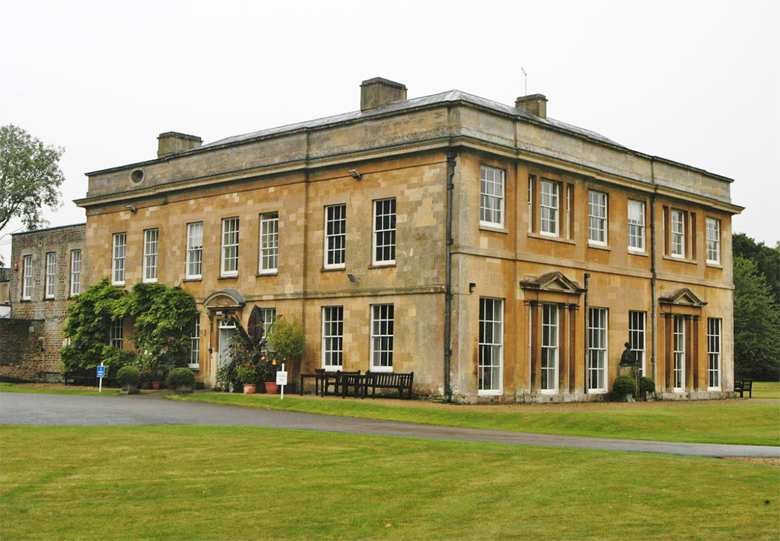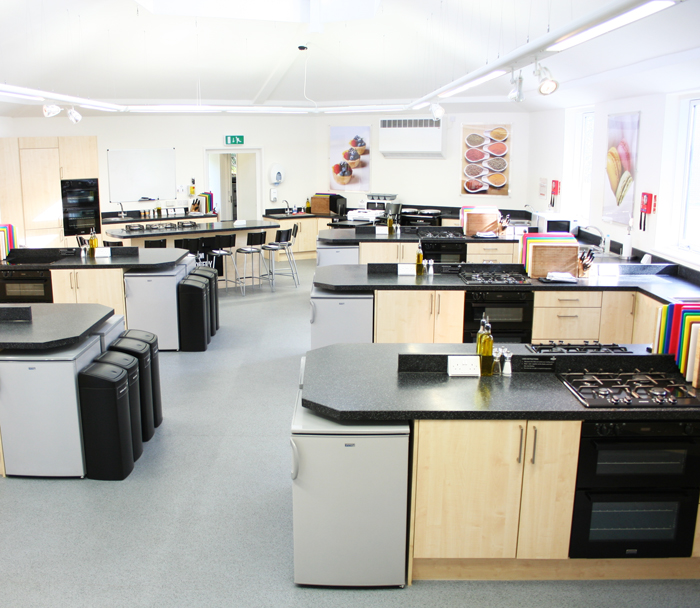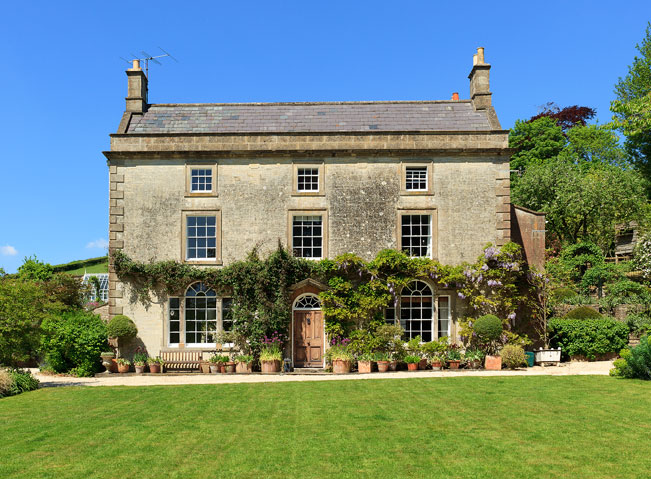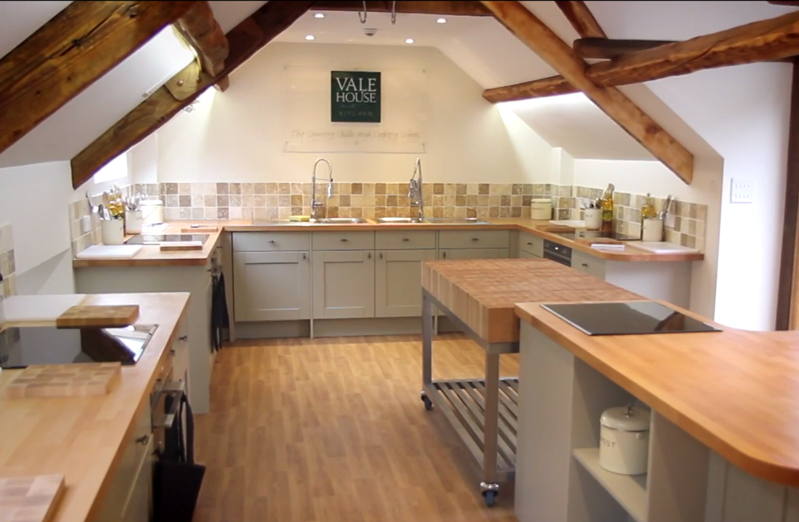 a course I rarely think about the preparation the tutor undertakes before he or she delivers the course. I read the course description, check the dates, venue and cost, book it then nearer the date plan my journey. As a tutor I spend many hours working on a course from designing the programme, testing the recipes, thinking about the venue and its equipment, the participants’ ability and what they will be expecting to get from it.
a course I rarely think about the preparation the tutor undertakes before he or she delivers the course. I read the course description, check the dates, venue and cost, book it then nearer the date plan my journey. As a tutor I spend many hours working on a course from designing the programme, testing the recipes, thinking about the venue and its equipment, the participants’ ability and what they will be expecting to get from it.Teaching skills
Skills I acquired years ago when I studied for City and Guilds Teaching and Cookery Certificates, attending training courses in presentations and judging continue to help when I design a new course. I ask myself what are the aims of the course, what range of preserves and skills will be appropriate to teach. I am unusual as I teach traditional preserving skills in an ever growing market of tutors teaching different methods and recipes. I’ve maintained the same standard of teaching throughout my career, aiming to inspire and encourage those I teach to get the preserving bug I caught thirty years ago.
Course programme
 I start by deciding what to teach, consider how long it will take for each recipe to be made and sometimes factor in time for a demonstration. Every venue has a different timetable, for example a day at Denman College included time for coffee, tea, lunch and a tour around the college. The preserving is done in blocks of time around set breaks. A programme is sent out to students some months in advance.
I start by deciding what to teach, consider how long it will take for each recipe to be made and sometimes factor in time for a demonstration. Every venue has a different timetable, for example a day at Denman College included time for coffee, tea, lunch and a tour around the college. The preserving is done in blocks of time around set breaks. A programme is sent out to students some months in advance.
Recipes
Working in advance of a course date means testing recipes out of season and invariably raiding my freezer for fruit. Making gooseberry jam from frozen fruit in December to teach the following June feels strange, when I’m used to preserving seasonally. I like to make each recipe on my own and nearer the cut off date for the course programme, strong arm a preserving friend to help me check the timing. The benefits of these run throughs include how much I learn about preserving from the friend and time to question the choice of recipes. I need recipes that work not only for the course but also when they are made afterwards at home.
Venues
 I am fortunate to teach in some well equipped kitchens. When Vale House Kitchen opened their cookery school in 2013 I was asked to recommend what equipment I would need to teach preserves. Denman College cookery school ( now closed for in person teaching) was re-fitted in recent years and the range of equipment was excellent. I keep quite a few preserving pans, jars and lids at home to take to village halls and similar venues. Recently a friend asked me if I was having a clear out when she noticed boxes of pans bowls, spoons and induction hobs in my kitchen ready for a day in Shropshire.
I am fortunate to teach in some well equipped kitchens. When Vale House Kitchen opened their cookery school in 2013 I was asked to recommend what equipment I would need to teach preserves. Denman College cookery school ( now closed for in person teaching) was re-fitted in recent years and the range of equipment was excellent. I keep quite a few preserving pans, jars and lids at home to take to village halls and similar venues. Recently a friend asked me if I was having a clear out when she noticed boxes of pans bowls, spoons and induction hobs in my kitchen ready for a day in Shropshire.
Student skills
 My courses attract mostly women, although men are always welcome. Some are complete beginners having been given a gift of a course, others have made preserves for years and are looking for new recipes. I find they all tend to have a common interest in making a recipe successfully and I always stress there is no question they cannot ask and if I don’t know the answer I try to find out. By the end of the course I usually sense it’s been productive for everyone.
My courses attract mostly women, although men are always welcome. Some are complete beginners having been given a gift of a course, others have made preserves for years and are looking for new recipes. I find they all tend to have a common interest in making a recipe successfully and I always stress there is no question they cannot ask and if I don’t know the answer I try to find out. By the end of the course I usually sense it’s been productive for everyone.
Review
Feedback is something I value as it helps me to reflect and change any aspect for the future, so please don’t ignore those questionnaires handed out near the end of a course. Sometimes an email arrives, such as the recent example on the right, with thanks for the course, another indicator that the hours of planning then teaching were worthwhile.

